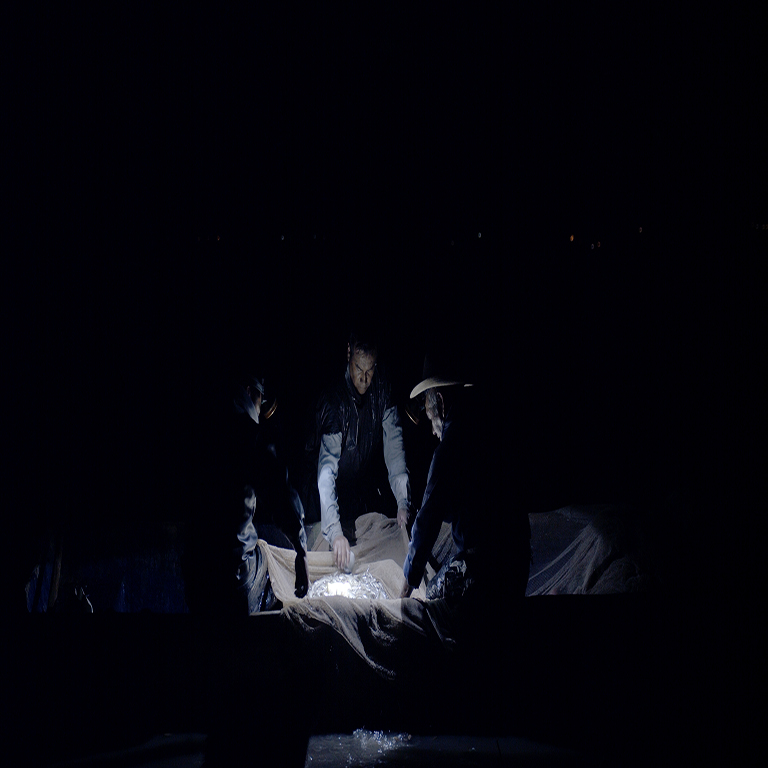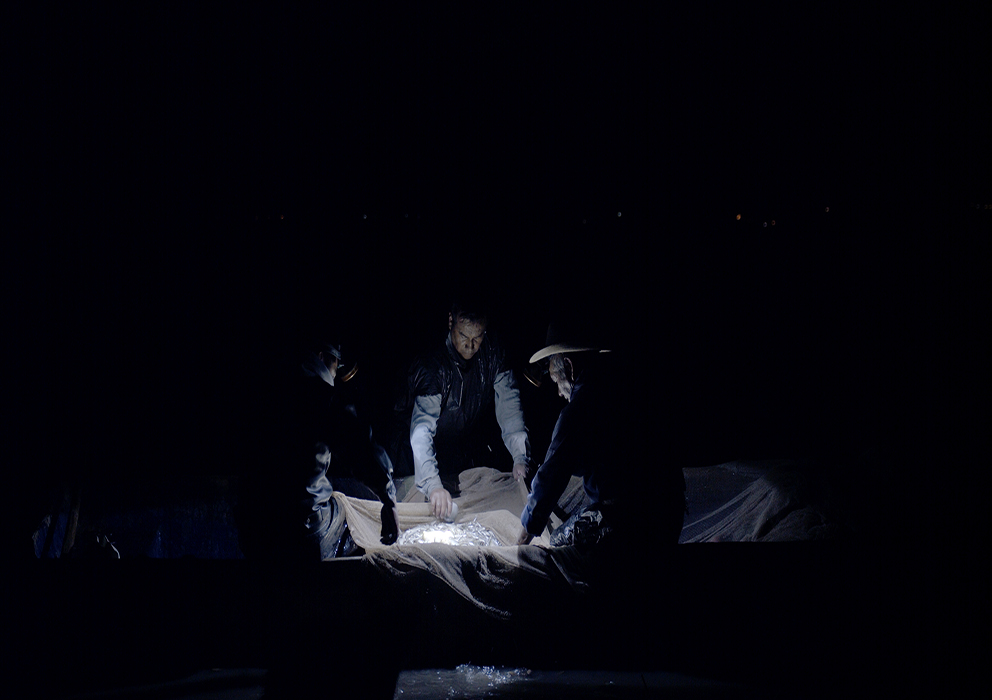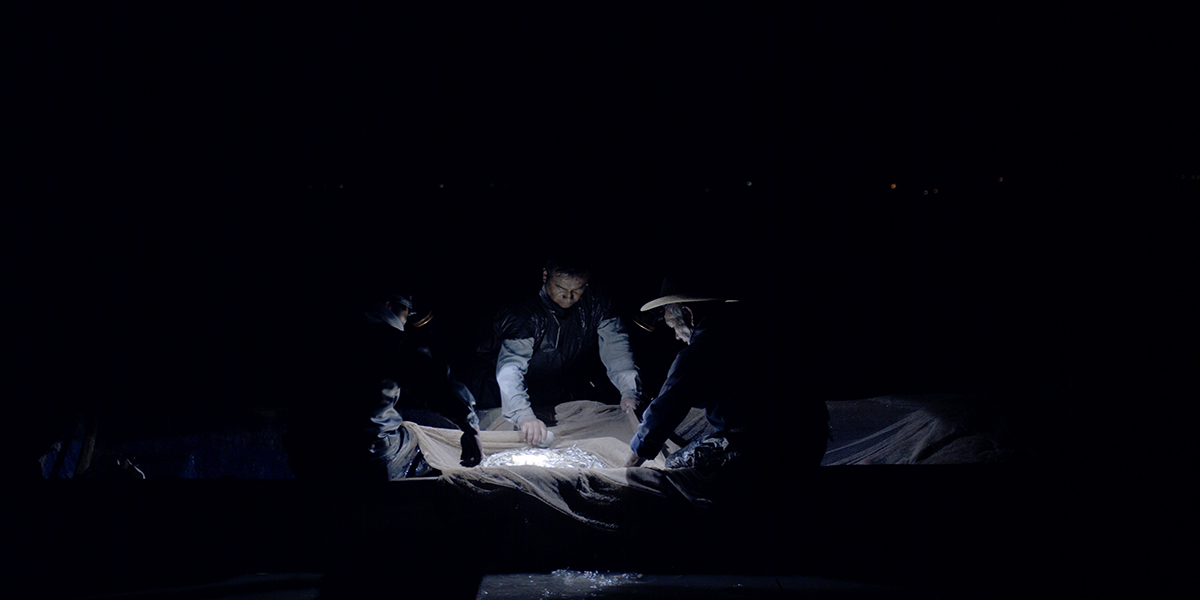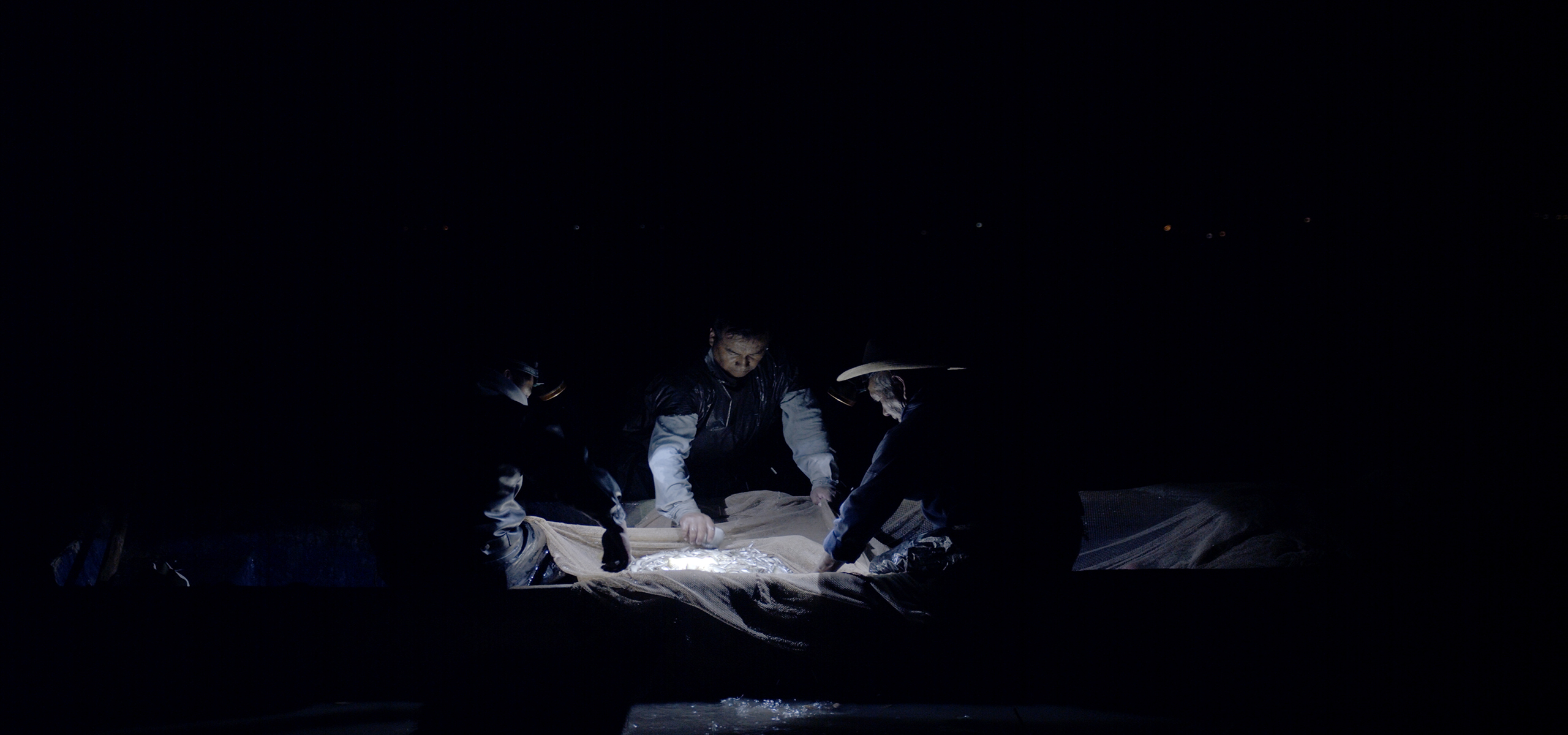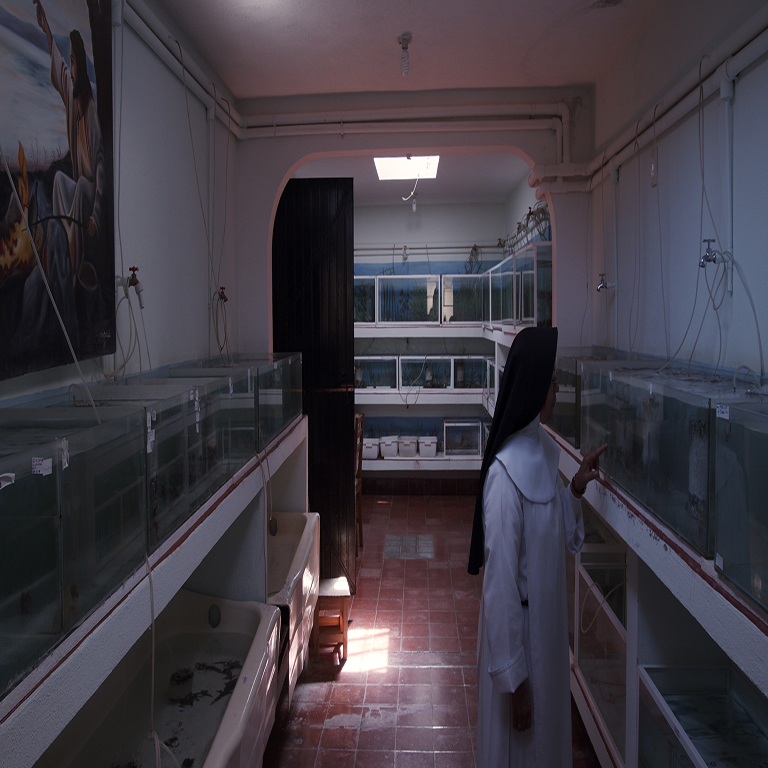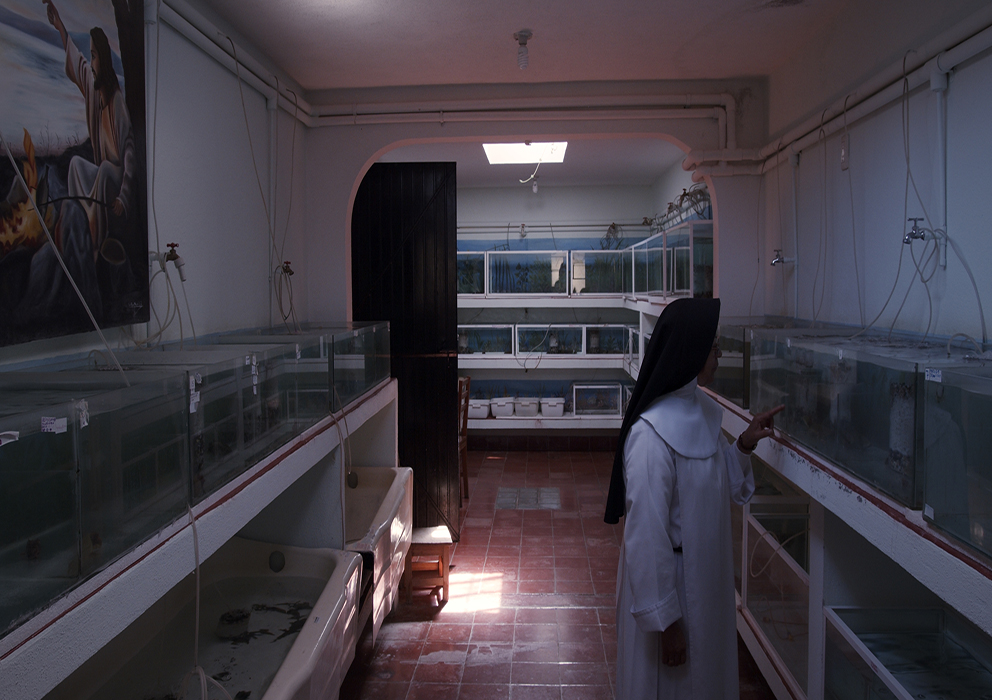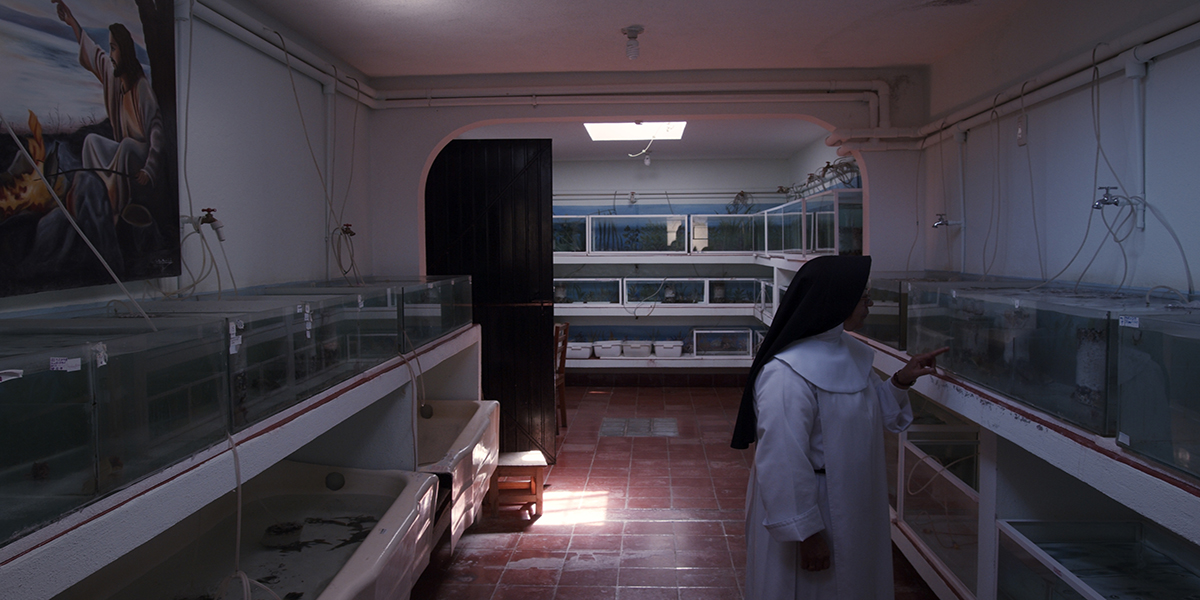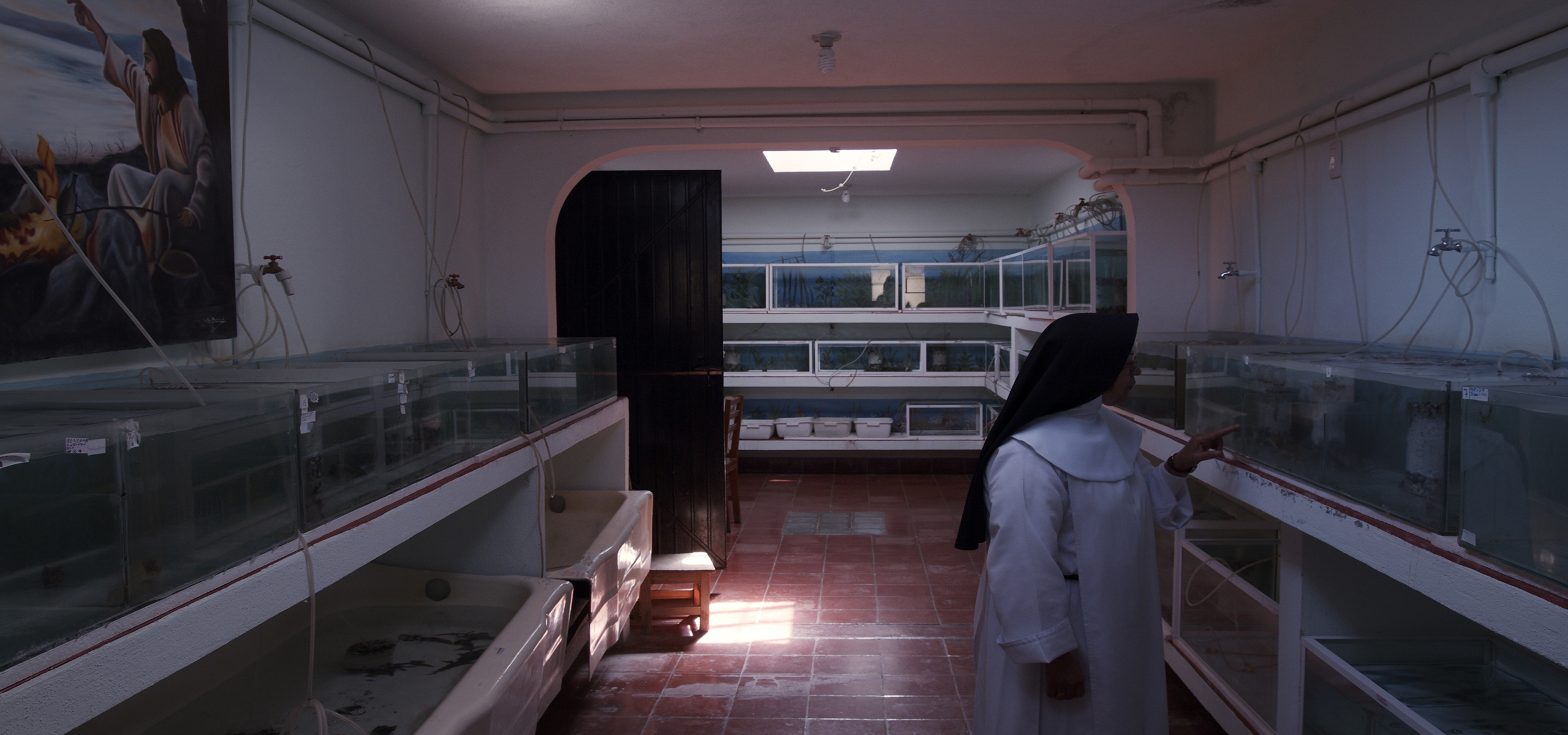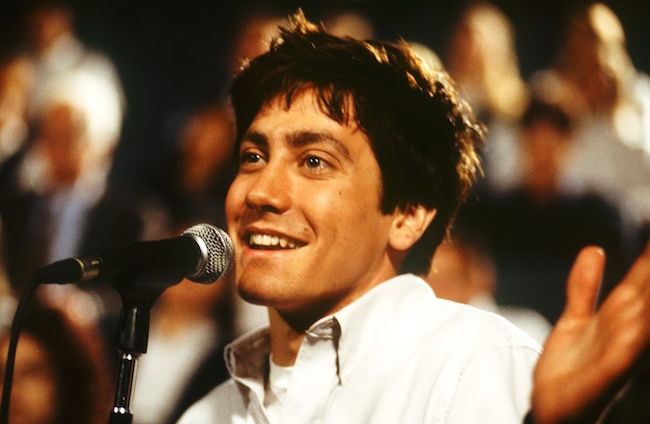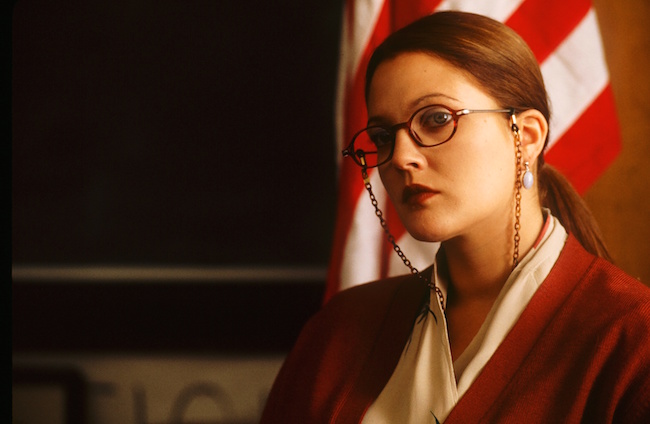Interview to Eirini Nikopoulou.
Q. What would you hope the Millenial audiences, who possibly haven’t watched your film before, take away from it or what would you expect them to appreciate in the film?
I hope that they can see that even though the film takes place in 1988 and was made in 2000, both election years, that they can still resonate in 2016 which is also an election year. The themes are universal and timeless. Teenagers in 1958 were maybe just as troubled as teenagers in 1988 or 2008 or that teenagers are going to be troubled in 2018. So, there is a universal language hopefully in the movie that transcends geography. There are people who identify with the movie in Japan, in Australia, France.
I also hope that maybe they can see that the narrative risks in the film, the unconventional narrative in the film is something that if they are aspiring artists, they can feel emboldened by in order to take more risks into artistic creation. It is so easy to be complacent and just copy what’s come before, and that’s all fine. But, if you want to break out and forge an identity for yourself as an artist you have to try and take some risks and be bold. If this film can inspire a contemporary millennial artist to do that, then that’s great and I am off with that.
It’s great when a new batch of teenagers discover this film. I feel like that’s really cool. I am grateful that they actually take it in and listen. I was worried that this film would all of a sudden fall off a cliff and it seems to continue to connect. It is like the Energiser Bunny it just keeps going and going. Here we are talking about it again…. Now, we restored it!
I am really grateful that people are so keen on watching this film on the big screen again, because it’s a reminder that these films are made for the big screen. As mush as I love watching movies on one of these (shows his iPhone), the films belong to the big screen. We spent so much time in making the image look like it does, so that you have it overwhelm you in a theatre.














